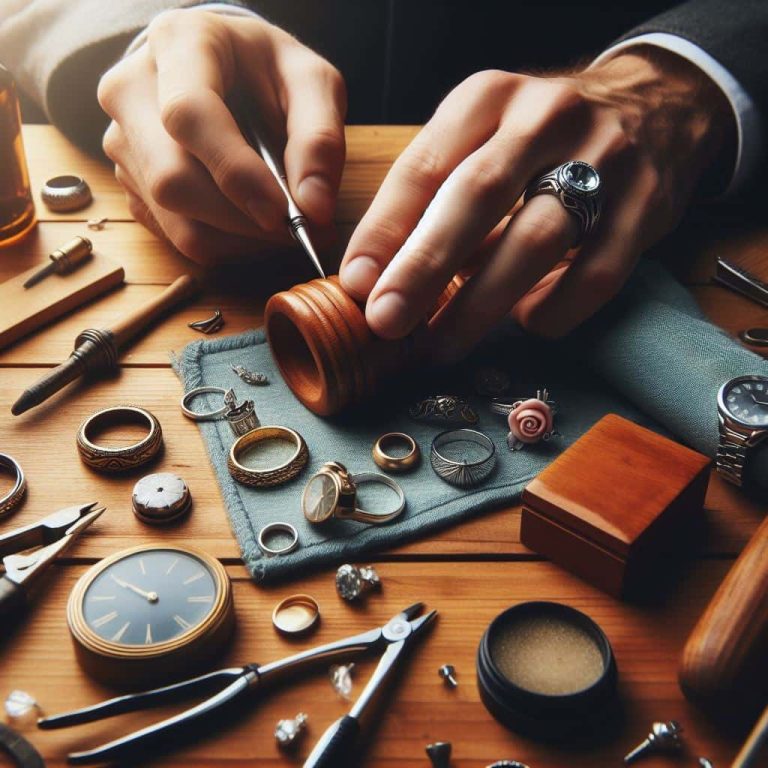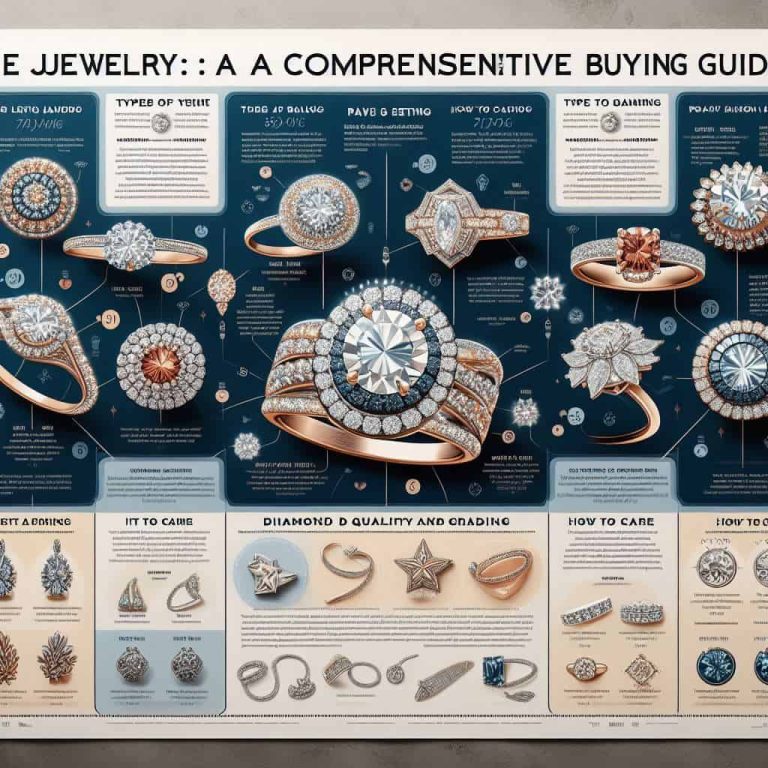A Guide for Sensitive Ears: 9 Tips No One Has Told You About
What’s worse than finding the perfect pair of earrings and realizing that you’ve developed a reaction to them?
The hassle and the disappointment is too real for many ladies out there.
Do you also face this struggle?

If so, this is the perfect guide for you!
We will be discussing 9 different tricks you can use when selecting your next pair of earrings.
Do you have a pair of beloved earrings that your ears are irritated with, but you wear anyways because you absolutely adore them?
We’ll also be covering a few DIY methods that you can apply to your existing earrings to calm those angrily irritated ears.
What Causes Irritation?
Some women may experience a reaction to their earrings like itchiness, redness, rashes or a pinching sensation.
In more severe cases, swelling, infections, crusting and pus may also develop.
Last week, you bought a pair of matching earrings with your friend. However, only your ears seem to have developed an irritation to them.
Everyone’s reaction to the metals found in earrings vary.
Sensitive ears are usually caused by the metals found in the earring.
Most earrings are made from an alloy of materials – a mix of different metals which give the metal its distinct colour, characteristic and rigidity.
Understanding what metals cause irritation can help you select the perfect earrings for your sensitive ears.
COSTUME JEWELRY VS. FINE JEWELRY
Most cheap costume jewelry contain cheaper metal alloys that can easily cause reactions.
Fine jewelry like 18K gold and 925 silver also contain trace amounts of other metals.
Silver and gold in its purest form are too malleable and soft for a practical purpose.
Jewellers will add other metals into these precious metal alloys to add durability.
Gold and silver are hypoallergenic metals meaning they do not cause reactions.
So, if you’re wearing silver or gold earrings and you realized your ears starting to itch, you’re allergic to the metals that are introduced to the mix.
Whether its a pair of bulky costume earrings or a pair of fine gold earrings, it’s important to be careful in selecting the metals that were used to create the earring.
#1 Opt for Hypoallergenic Metals
What are hypoallergenic metals?
Hypoallergenic means “below average” or ”slightly” allergenic.
Wearing earrings labeled “hypoallergenic” means that it is less likely to cause an allergic reaction since little to no potentially-irritating alloys are used to create the earring.
Let’s take a look at a list of commonly-used hypoallergenic metals:
I. STERLING SILVER
Sterling silver is also referred to as 925 silver. The reason for this naming convention is the composition of silver present in this alloy – 92.5% silver and 7.5% other trace metals.
As briefly mentioned, pure silver is a hypoallergenic material. However, fine silver (99.9%) is not used in the making of jewelry because it is too soft.
For the alloy to take shape, 7.5% of the composition is made up of other metals – any metal can be added into the structure.
Because the concentration of other metals is negligible, it is unlikely that a reaction will be developed.
II. HIGH-KARAT GOLD
Like silver, gold is extremely malleable in its purest 24K form.
Hence, 14K, 18K, 22K designations are introduced:
14K: 14 parts gold and remaining 10 parts other materials
18K: 18 parts gold and remaining 6 parts other materials
22K: 22 parts gold and remaining 2 parts other materials
The higher the amount of gold in the composition of the alloy, the less likely there is a chance of allergies and irritation.
Pure 24K gold will not give you an allergic reaction, but the only downside is that it will be a lot less durable than lower-karat gold since it is extremely soft.
III. PLATINUM
Platinum is a rare metal that is even rarer than other precious metals like gold and silver.
It is a durable material that does not tarnish easily. It makes a great hypoallergenic earring option, but can be quite costly.
IV. SURGICAL STAINLESS STEEL (SSS)
The surgical stainless steel is a great mid-priced hypoallergenic material. This metal is often used for body implants, making it a great option for piercings.
#2 Opt for a Alternative to Metals
Historically, metals have been used to craft earrings because of their timeless beauty.
Although metal is also commonly used today, other non-metal materials have also been introduced to combat allergies.
I. PLASTIC
Plastic earrings are a very economical option for people with sensitive ears. Ensure the posts are made of plastic and you will be sure that they will not cause you any discomfort.
However, plastic needles are not very strong and can snap easily. The designs for plastic earrings are also limited since the weight of intricate embellishments may not be supported.
II. WOOD
Wood is an affordable and excellent (but uncommon) choice.
Wood earrings are unique, but like plastic earrings, designs are limited.
#3 Avoid Certain Types of Materials
I. NICKEL
Because nickel is very durable, jewellers like to add this to soft precious metal alloys to give it structure.
Since nickel is a white metal, it is also added to alloys to lighten the overall colour of the jewelry.
There are many practical applications to using nickel in jewelry whether it is for durability or colour.
Many people have a nickel-allergy. If you have sensitive skin, try to avoid nickel when possible.
#4 Test Wear Your Earrings
Test wear new earrings. Be familiar with the materials of your earrings and keep a little journal of what materials work for you and what don’t.
TIP
By keeping a log book, you can effectively identify what metals irritate your ear and avoid them when purchasing new earrings.
#5 Coat Earring Posts With Clear Nail Varnish
By applying a few thin coats of clear nail polish to the earring’s needles, you can create an effective barrier between the metal and your skin.
This quick and easy 5-second method has helped many wear earrings that they otherwise cannot due to sensitivity.
Reapply a coat every once in awhile as the buffer will start to wear off with usage.
#6 Apply Vaseline onto Your Earring Posts
Similar to the nail polish trick, vaseline can also be used to coat your earring posts to act as a buffer from the metal and your skin. Simply rub a little bit of vaseline onto the part of the earring that will be in constant contact with your ear.
Do be careful as vaseline can make your earrings slippery.
So if you are wearing hook earrings, it might be a good idea to add a little plastic backing to them.
Unlike nail varnish, however, you will need to reapply your coat of vaseline every few hours.
#7 Keep Earrings Clean
This may be surprising to some, but sensitive ears are not always caused by the metal in the earring.
Irritation can also be caused by bacterial infection.
Introducing contaminants to a newly-pierced ear or not cleaning your earrings enough are some ways your ears can get irritated.
Wipe your earrings with antiseptic after every wear to keep them clean.
Earring hygiene is often overlooked, but nevertheless, it is extremely important – not only does it prevent infections and other possible skin issues, it can keep your earrings looking sparkling new. Win-win!
#8 Get Your Piercings Done by a Professional
It is imperative that you get your ears pierced by a license piercing professional.
Just because your friend has pierced her sister’s ears before, does not make her a professional.
TIP
If your ears are not professionally pierced, this could result in sensitive ears that are prone to infections.
#9 Dab some Coconut Oil
There are so many benefits to coconut oil.
Apply it to your hair for shiny and moisturized locks, add it to your cooking for a healthier alternative to other oils.
Now, you can also add it to your earring backings.
Coconut oil, like nail varnish and vaseline, is used as a buffer between your skin and the metal. Dip your earring needle in some coconut oil for a few seconds and then put it into your ear.
If you’ve never had or used coconut oil before, we highly recommend using a little bit beforehand first to make sure you’re not allergic to the coconut oil.
Now that you have all these tricks and newfound information in your pocket to find a new pair of earrings, take a look at some of our affordable dainty jewelry pieces.






